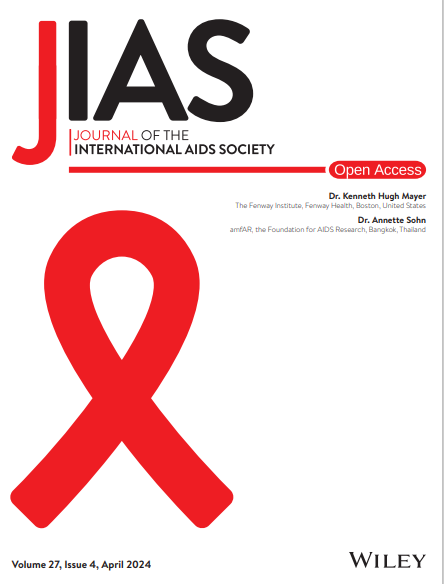Characterizing populations prioritized for PrEP in 19 African countries: a review of national guidance
Abstract
Introduction
While African countries have expanded access to HIV pre-exposure prophylaxis (PrEP) since 2015, regional targets for PrEP uptake remain unmet. Understanding which populations are prioritized for PrEP at the policy level is an important step in determining the scope of PrEP distribution across Africa and identifying gaps in programme implementation. We reviewed national guidance to characterize populations prioritized for PrEP in Africa.
Methods
Between January and June 2023, we searched for current National HIV Treatment and Prevention Guidelines, National HIV Strategic Plans, and the United States President's Emergency Plan for AIDS Relief (PEPFAR) Country Operational Plans (COPs) for all African countries implementing PrEP programmes supported by PEPFAR in 2022. From each document, we summarize the populations prioritized for PrEP within a country and describe PrEP eligibility.
Results
In 2022, 19 African countries implemented PrEP programmes supported by PEPFAR. Eighteen of these countries contributed National Guidelines (2016−2022), 18 contributed National Strategic Plans (2017−2023) and 19 contributed COPs (2022) to this review. Twenty-nine population groups were prioritized for PrEP in these documents. All countries prioritized HIV-serodifferent couples, female sex workers (FSWs), adolescent girls and young women (AGYW), pregnant and breastfeeding women (PBFW) and people who inject drugs (PWID), and most prioritized men who have sex with men (MSM; n = 18), transgender people (n = 18) and people in prisons (n = 17). The remaining 21 populations were prioritized in fewer than two-thirds of countries.
Discussion
FSWs, MSM, PWID, transgender people and people in prisons were typically prioritized for PrEP with no eligibility restrictions. In contrast, most countries had at least one document indicating that HIV-serodifferent couples, AGYW and PBFW were only eligible for PrEP if classified as high risk. Few documents specified how risk was determined, and no document included validated HIV risk assessment tools to guide implementation. We observed similarities in priority populations across countries with different HIV epidemics and inconsistencies in who was prioritized for PrEP within a country's own set of policy documents.
Conclusions
Understanding how PrEP prioritization policies impact HIV incidence in different epidemiologic settings is critical for strengthening PrEP implementation across the continent.

 求助内容:
求助内容: 应助结果提醒方式:
应助结果提醒方式:


